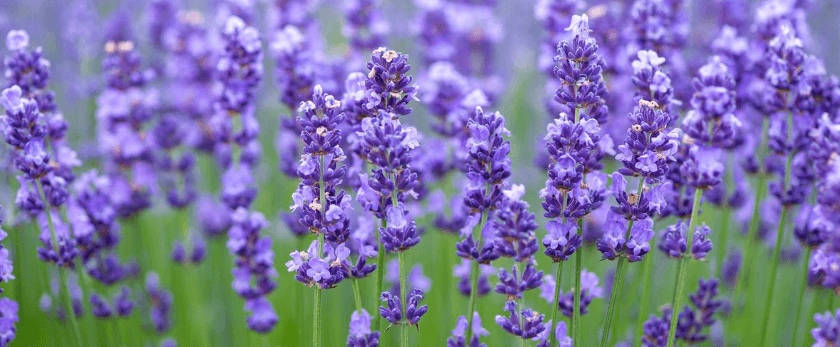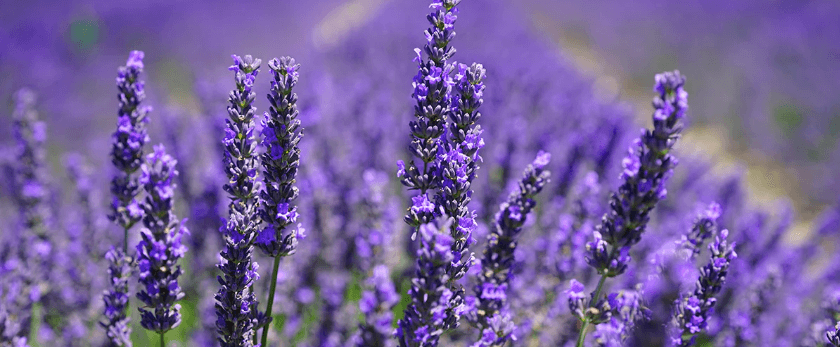Lavender is a beautiful and versatile plant that not only adds a pop of color to your garden but also has many practical uses. From its calming scent to its medicinal properties, lavender is a must-have for any eco-friendly gardener. In this article, we will discuss how to grow lavender and provide tips for caring for this fragrant plant.
Choosing the Right Variety
Before you start growing lavender, it's important to choose the right variety for your climate and purpose. There are over 450 different types of lavender, but the most common varieties are English lavender (Lavandula angustifolia), French lavender (Lavandula stoechas), and Spanish lavender (Lavandula dentata).
English lavender is the most popular variety and is known for its strong fragrance and compact growth. French lavender has a unique butterfly-shaped flower and is more tolerant of heat and drought. Spanish lavender has a distinct pineapple scent and is often used for culinary purposes.
Planting Lavender
Lavender is a hardy plant that thrives in well-drained soil and full sun. It's best to plant lavender in the spring or fall when the soil is warm and workable. If you live in a colder climate, you can start lavender indoors and transplant it outside once the weather warms up.
When planting lavender, make sure to space the plants at least 12 inches apart to allow for proper air circulation. Lavender can grow up to 2-3 feet tall, so make sure to give it enough room to spread out. You can also plant lavender in containers, which is a great option for those with limited space.
Caring for Lavender
Watering
Lavender is a drought-tolerant plant, so it's important not to overwater it. Water your lavender deeply once a week, making sure the soil is moist but not waterlogged. During hot and dry weather, you may need to water more frequently. It's best to water lavender in the morning to allow the leaves to dry before the cooler evening temperatures.
Light
Lavender needs at least 6-8 hours of full sun per day to thrive. Make sure to plant it in a spot that receives plenty of sunlight. If you're growing lavender indoors, place it near a south-facing window or use grow lights to provide enough light.
Soil
Lavender prefers well-drained, alkaline soil with a pH between 6.5-7.5. If your soil is too acidic, you can add lime to raise the pH. If your soil is too heavy and doesn't drain well, you can amend it with sand or perlite to improve drainage.
Fertilizer
Lavender doesn't require much fertilizer, and too much can actually harm the plant. If your soil is poor, you can add a slow-release fertilizer in the spring. Avoid using high-nitrogen fertilizers, as they can cause the plant to produce more foliage and fewer flowers.
Pruning
Pruning is an essential part of caring for lavender. It not only helps maintain the plant's shape but also promotes healthy growth and more blooms. Prune your lavender in the spring, once new growth appears. Cut back about one-third of the plant, making sure to leave some green growth at the base. You can also prune after the first bloom to encourage a second round of flowers.

Best Time to Grow Lavender
The best time to grow lavender depends on your climate. In colder regions, it's best to plant lavender in the spring after the last frost. In warmer regions, you can plant lavender in the fall, as long as the soil is still warm. This will give the plant enough time to establish its roots before the winter.
Common Problems with Lavender
Lavender is a relatively low-maintenance plant, but it can still face some common problems. Here are a few issues you may encounter when growing lavender and how to address them:
- Root rot: This is caused by overwatering or poorly draining soil. To prevent root rot, make sure to water your lavender sparingly and use well-draining soil.
- Pests: Lavender is generally pest-resistant, but it can attract aphids, spider mites, and thrips. You can use insecticidal soap or neem oil to get rid of these pests.
- Diseases: Lavender is susceptible to fungal diseases such as powdery mildew and root rot. To prevent these diseases, make sure to plant lavender in well-drained soil and avoid overhead watering.
Responsible Disposal of Lavender
When it's time to dispose of your lavender plant, it's important to do so responsibly. Lavender is a non-invasive plant, but it can still spread if not disposed of properly. Here are a few ways to dispose of lavender in an eco-friendly manner:
- Composting: You can compost your lavender plant, as long as it's free of any diseases or pests. Chop the plant into small pieces and add it to your compost pile.
- Mulching: You can also use lavender as mulch in your garden. Chop the plant into small pieces and spread it around your plants to help retain moisture and suppress weeds.
- Drying: If you have a large amount of lavender, you can dry it and use it for various purposes, such as making potpourri or sachets.
- Donating: If your lavender plant is still healthy, you can donate it to a community garden or give it to a friend or neighbor who would appreciate it.
Conclusion
Growing lavender is a rewarding experience that not only adds beauty to your garden but also has many practical uses. By following these tips for caring for lavender, you can enjoy this fragrant plant for years to come. Remember to choose the right variety, plant in well-drained soil, and provide enough sunlight and water. And when it's time to dispose of your lavender, do so responsibly to help protect the environment. Happy gardening!










